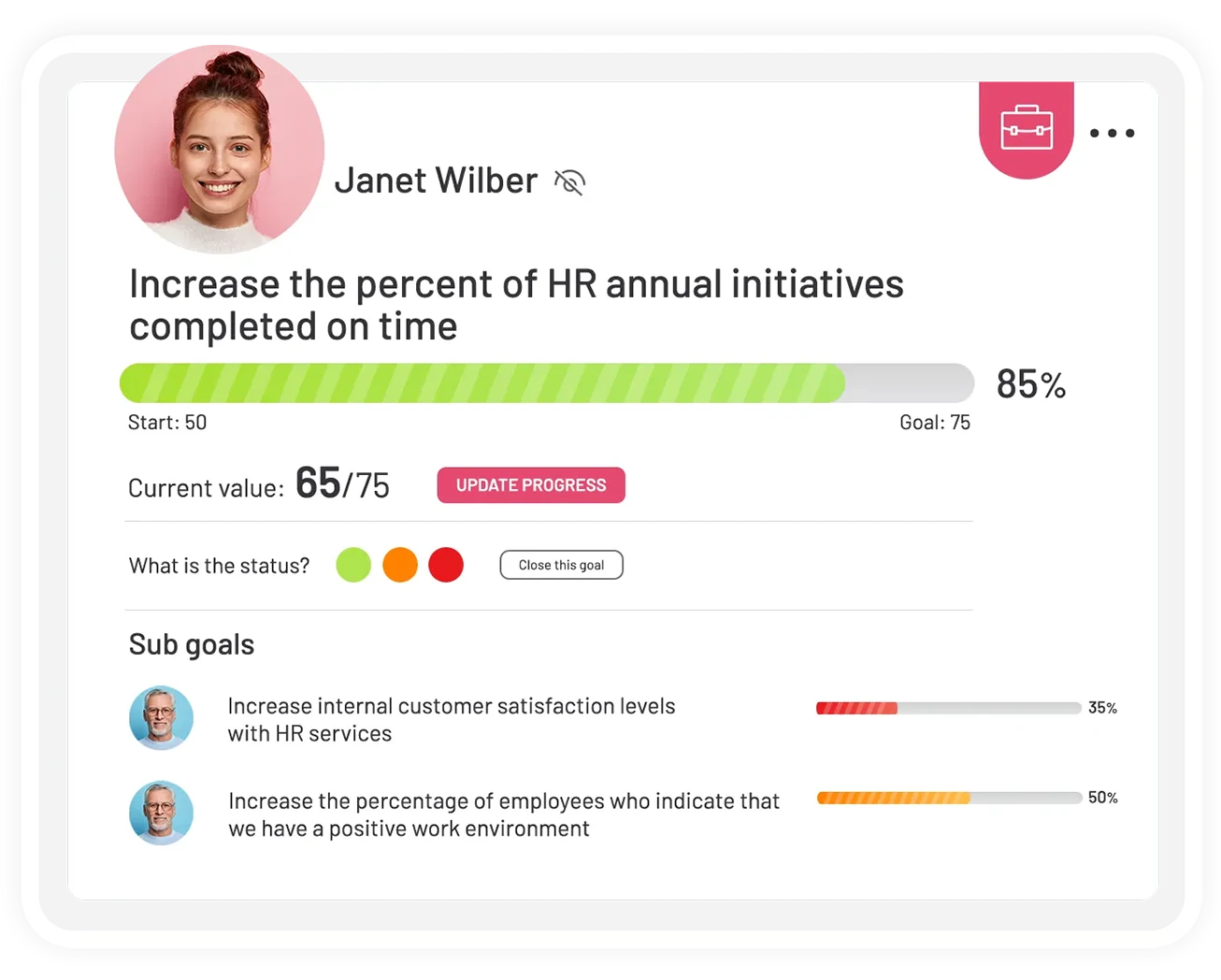Every now and then, you hear a company becoming popular due to its success. But, you rarely listen to the story of how they reached this place. Some of the biggest names, such as Google, Amazon, Apple, started with some goals and later learned how to manage them.
While these companies might be very different, they all had one thing in common. And, that was OKR (Objectives and Key Results).
Are you unfamiliar with this term? Well, worry not! Because we will cover everything, there is about implementing OKRs, OKR goal-setting, and OKR best practices that actually work. Let’s get started!
Table of Contents
Best to implement OKRs!
Before we dive into OKR best practices, we need to provide you with a tool to help you implement OKRs in your organization. While we’ve written lists on the top free OKR software available today, if your organization uses Microsoft Teams on a regular basis then Teamflect is a fully integrated OKR tool that you can try for free, right now!



